20+ Automatic Farms That Every Good Home Needs – #Part 2

In the world of Minecraft, the mark of a perfectly situated home often involves the incorporation of automatic farms. These ingenious creations stand out as some of the best innovations the game has to offer.
Minecraft, a game that has left an indelible mark on the gaming landscape of the 2010s, places a strong emphasis on player creativity in both construction and exploration, whether it’s on the surface or deep underground. However, every survival world comes with the inevitable grind of resource gathering and farming.
Wouldn’t it be a relief if you could wake up each morning to find chests overflowing with food and items, without the need for manual crop harvesting or hunting for drops from enemies? The good news is that you can achieve this level of convenience, and it’s far simpler than you might imagine. This compilation will introduce you to essential automatic farms in Minecraft, effectively lightening the burden of the grind and allowing you to focus on the aspects of the game you truly enjoy.
You can see all part here:
- 20+ Automatic Farms That Every Good Home Needs – #Part 1
- 20+ Automatic Farms That Every Good Home Needs – #Part 2
13. Cactus Farm
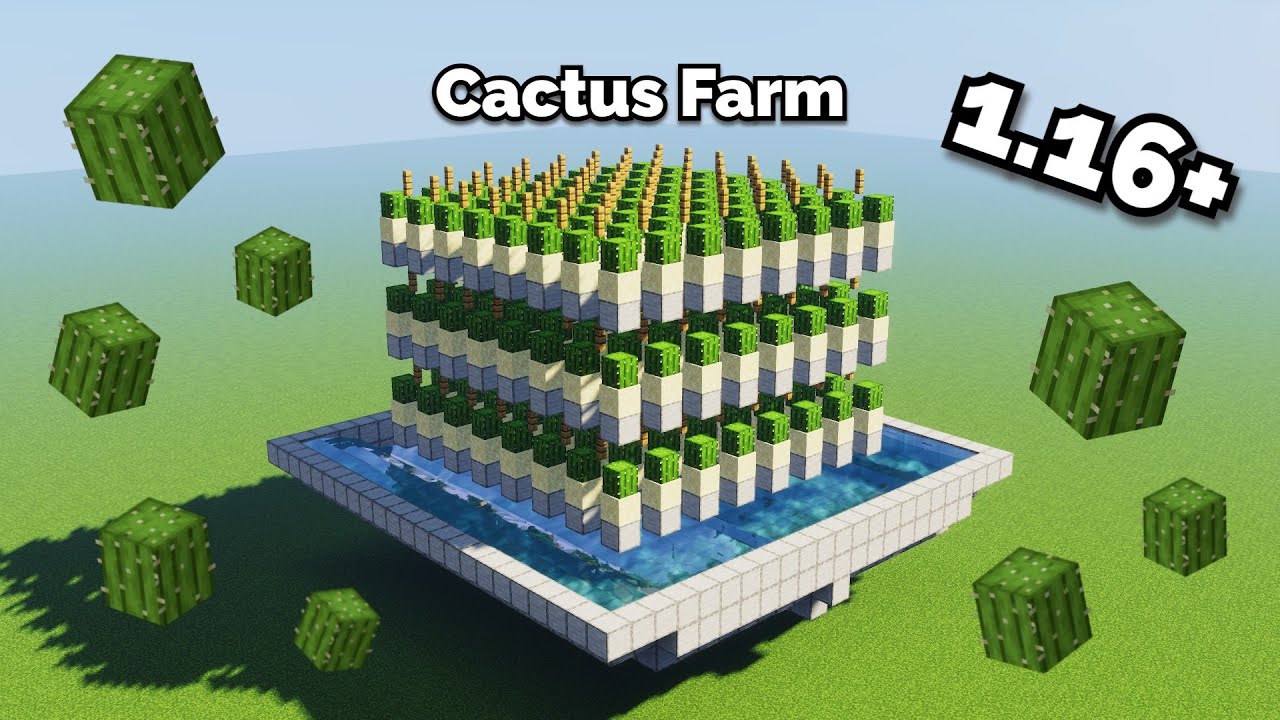
This cactus farm design offers a Redstone-free solution but involves some clever hopper maneuvering. To set it up, start by placing a hopper leading into a chest. Then, position a Hopper-Minecart on top of the chest. Break the rail beneath the Minecart so that it’s suspended freely. Next, place a block to the side of the Minecart and use a piston to push sand into it from the side.
Once you’ve done that, you can remove the block next to the Minecart and construct the glass structure above it. As the cactus grows, it will automatically break when it touches the glass, and the hopper Minecart will collect the cactus drop through the cactus block itself just before it gets destroyed. This clever design ensures a steady supply of cactus without the need for any Redstone wiring, making it an efficient and resourceful addition to your Minecraft farming endeavors.
14. Pumpkin/Melon Farm
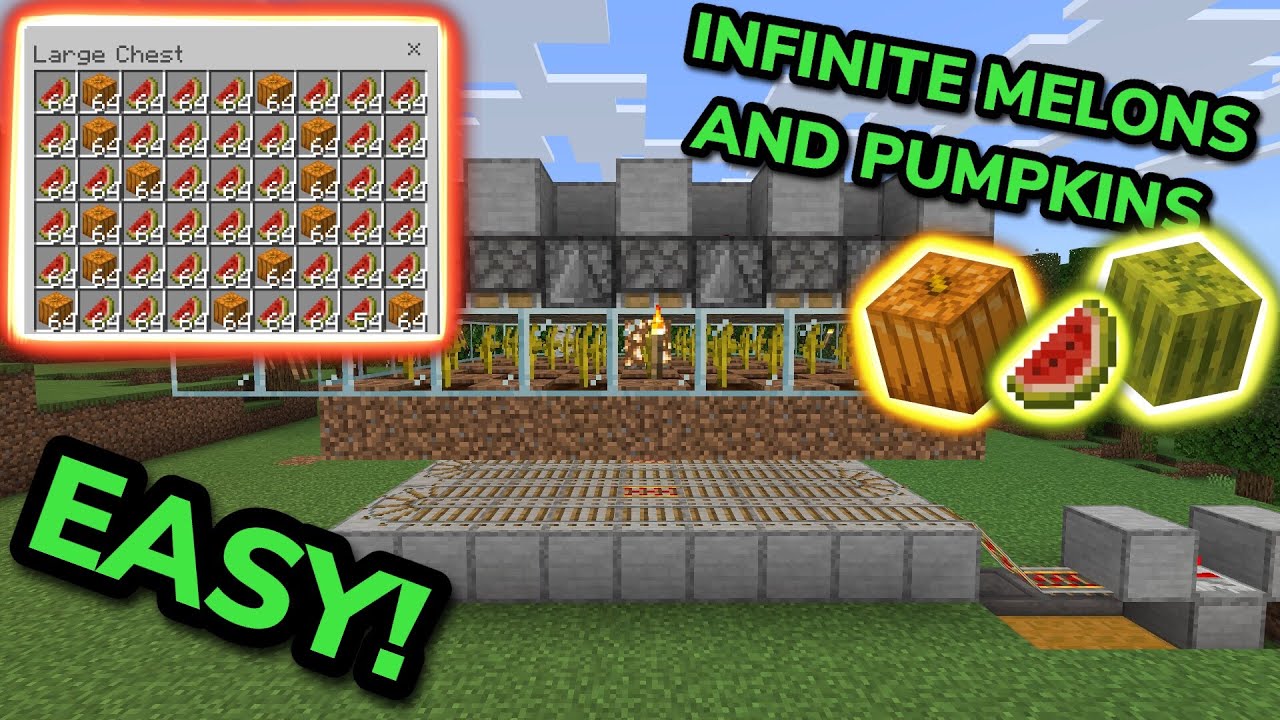
This is a remarkable “tile-able” design for a melon or pumpkin farm in Minecraft. “Tile-able” means that you can comfortably build multiple instances of this design side by side without any mechanical interference. Here’s how it works:
Observers are strategically placed to observe the growth of melon or pumpkin stems. When one of these stems grows, it does so randomly either to the left or right. The observer detects this change as the stem curves, and it subsequently powers the two adjacent pistons. These pistons then push the mature pumpkin or melon off its block, causing it to break and drop the item into a hopper.
If you prefer to centralize the collection of drops, you can also place water under the pistons and set up a hopper-minecart to travel back and forth in the trench in front of them, gathering all the items into a single location. This design offers both efficiency and scalability, making it a good option for melon and pumpkin farming in your Minecraft world.
15. Mushroom Farm
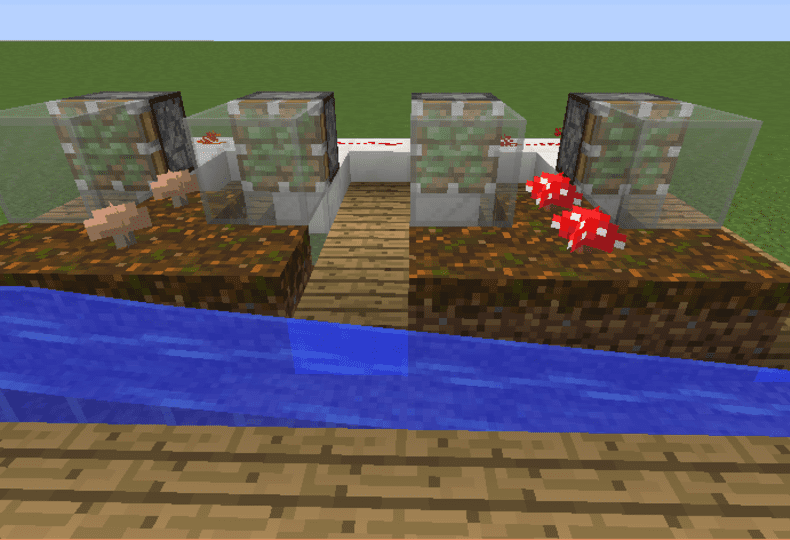
When it comes to mushroom farms in Minecraft, they often have a reputation for being unsightly structures. That’s why a hidden mushroom farm like this design is a real gem. It can be seamlessly concealed in a ceiling, but there’s an important caveat to keep in mind: mushrooms only grow on blocks with a light level of 12 or less. Therefore, this farm must be built in a dark location to be effective.
Here’s how it works: The observer is focused on the center block, and when a mushroom spreads onto it, the observer sends out a redstone signal. This signal deactivates the torch, causing the sticky piston to retract and dropping the mushroom into the chest. This design is not only compact and cost-effective but also capable of supplying you with an ample quantity of mushrooms for crafting various stews. If you require even more mushrooms, you can scale up your mushroom farming efforts, such as the one demonstrated in the linked example from ilmango.
16. Bamboo Farm
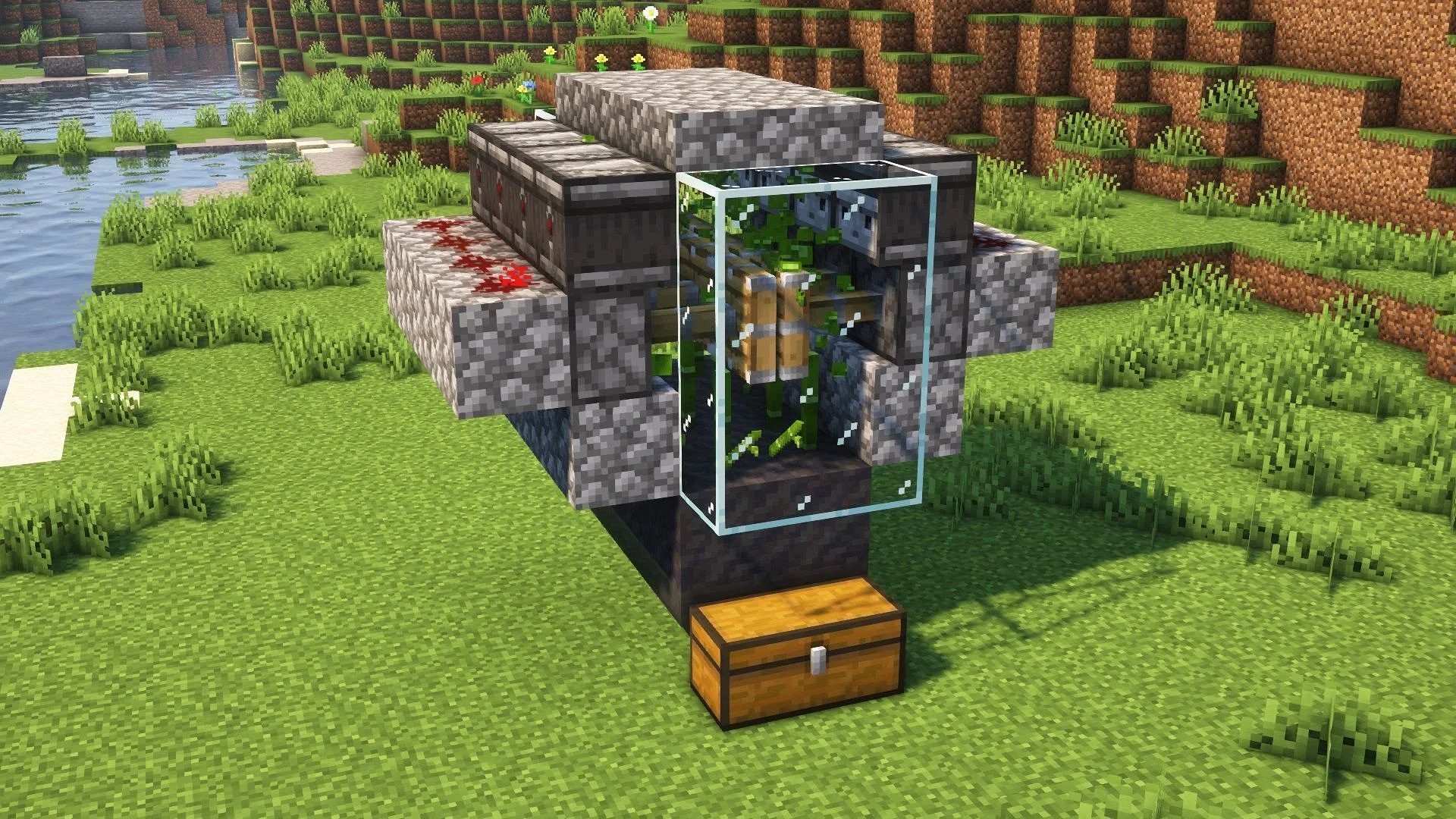
This bamboo farm design closely resembles the sugar cane farm design but with the added advantage of harvesting three blocks of bamboo simultaneously instead of two. Even better, it’s tile-able, meaning you can set up multiple stalks of bamboo side by side, all utilizing the same observer and piston system.
Here’s how it operates: An observer keeps a watchful eye on the bamboo’s growth, and when it reaches the desired height, it triggers a signal that inverts a torch. The second observer detects this inversion in the torch’s state and activates the piston, leading to the harvest of three bamboo blocks. If you decide to create multiple rows of bamboo in this design, you can efficiently use the same hopper minecart to collect the harvested bamboo from all the stalks. This design offers both efficiency and scalability for bamboo farming in your Minecraft world.
17. Hostile Mob Farm
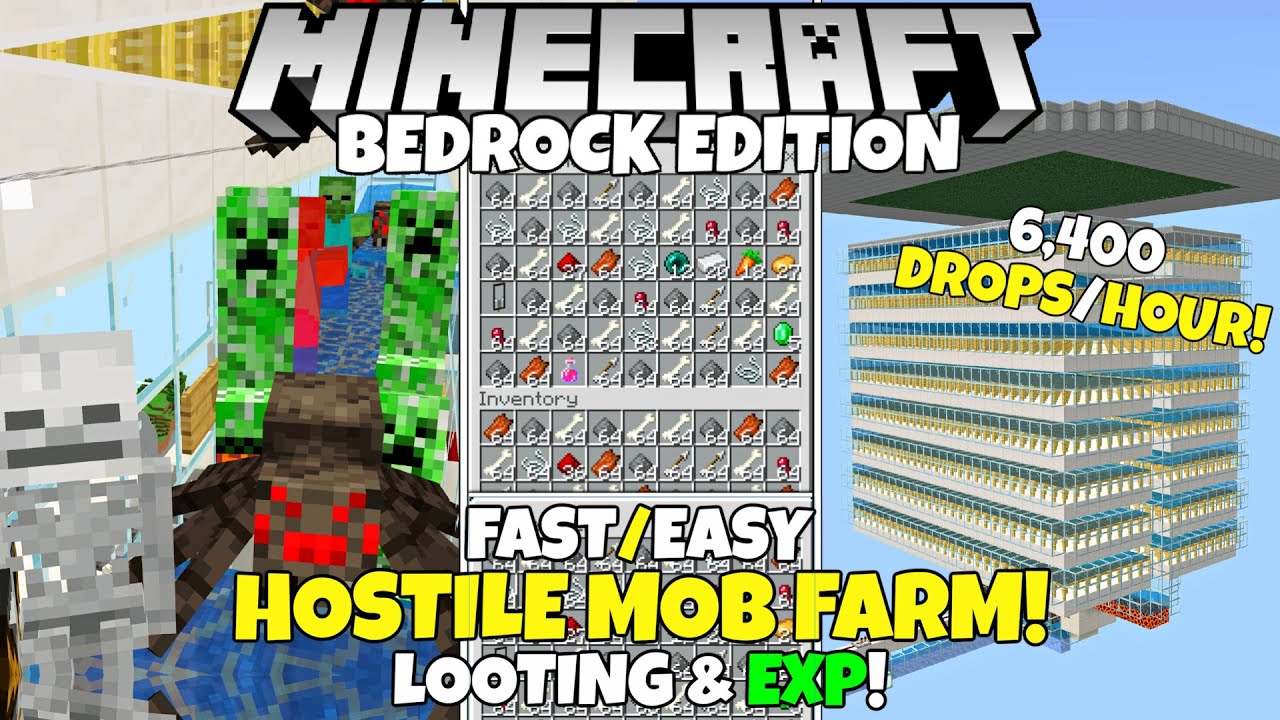
Creating a hostile mob farm is indeed a game-changing endeavor in Minecraft, particularly for gathering materials from hostile mobs without the need to construct separate farms for each type of mob. The traditional approach involved crafting massive boxes in the sky, but modern designs have evolved significantly.
Nowadays, you can establish simple slab platforms that use water to push mobs off the sides. By AFKing (Away From Keyboard) at the top of your farm, you can effortlessly accumulate a wealth of materials without exerting any physical effort. You can expand this farm upwards for even greater efficiency, but be cautious not to make it too large, as it may cause some chunks not to load properly. A well-designed hostile mob farm streamlines the process of obtaining valuable resources from hostile mobs and is a valuable addition to your Minecraft world.
18. Honey Farm
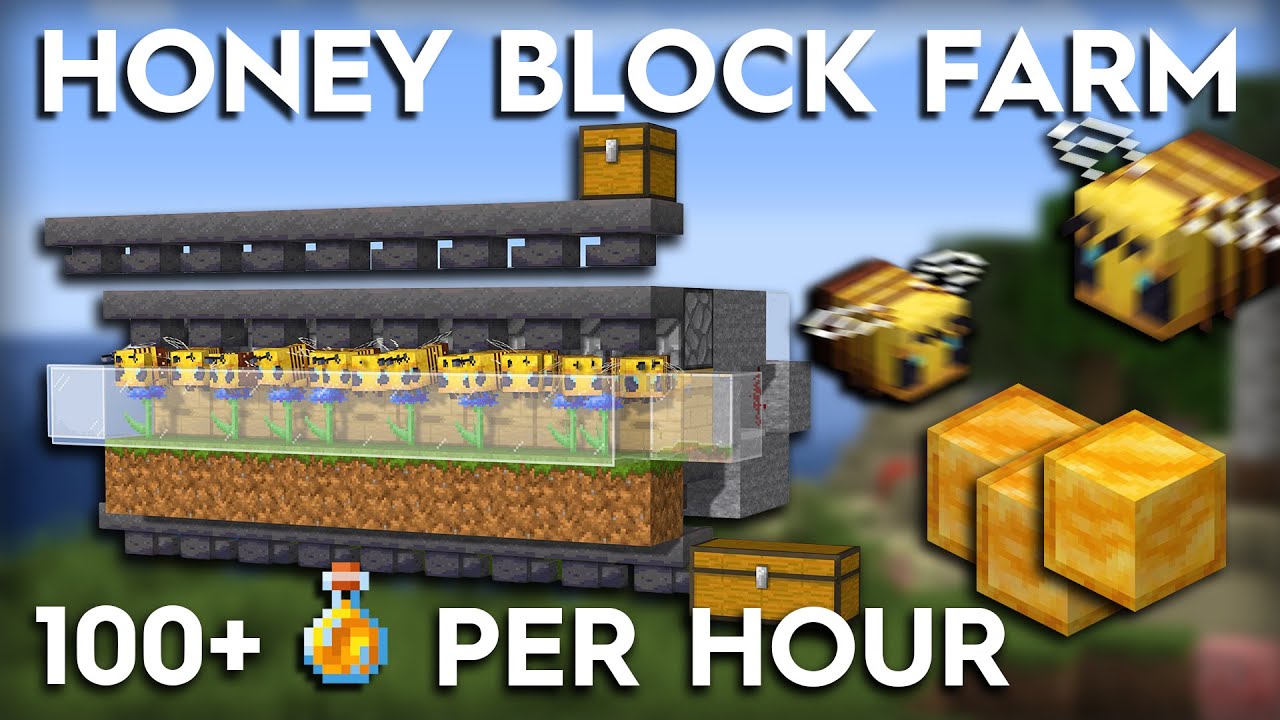
Minecraft bees are unique neutral mobs, but they can turn hostile if you provoke them by hitting them or harvesting from their hive. Once they become hostile, bees will chase you for a brief period, attempting to sting you, and in the process, they will die. Dealing with hostile bees can be frustrating, but there’s a solution: the honey farm.
With a honey farm, you can safely contain bees within an enclosed area, protecting them from harm’s way. To produce honey, bees need to pollinate flowers, so the farm is designed to provide space for the necessary flowers. Much like other farms on our list, a honey farm can be expanded to meet the growing demands of your honey production operation, allowing you to maintain a thriving honey empire in your Minecraft world.
19. Wool Farm
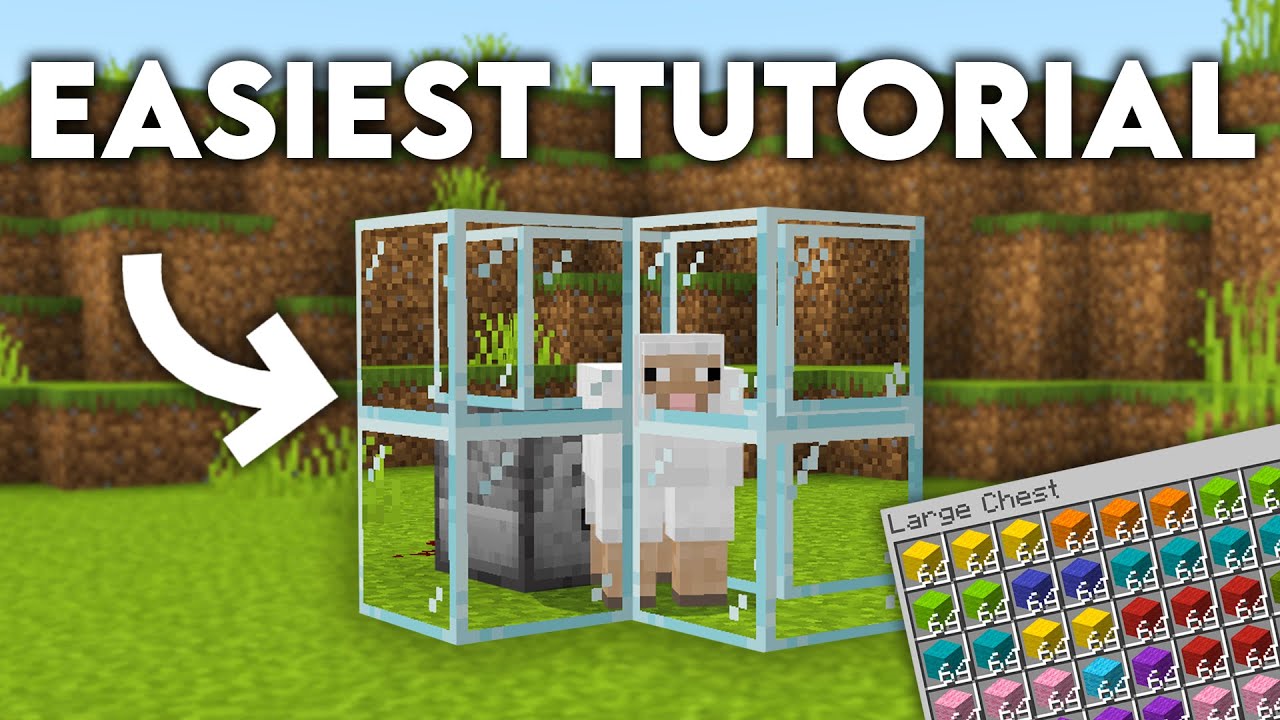
Creating 16 of these automated wool farms, one for each color of wool, is an ideal way to ensure a diverse and plentiful wool supply in Minecraft. This system functions by utilizing an observer to send a signal whenever grass is eaten by a sheep, subsequently activating a dispenser loaded with shears. While the shears will need periodic replacement, a single dispenser filled with shears can yield between 2142 and 6426 wool before running out, which should be more than sufficient.
The key to this setup lies in the fact that sheep regrow their wool when they consume grass. As the sheep eat the grass, the block updates and transforms into dirt. The observer is positioned to detect this transformation by facing into the dirt block. The grass blocks situated adjacent to the dirt are essential for allowing the grass to regenerate so that the sheep have a continuous supply to munch on. As the sheep’s wool is sheared, it falls onto the dirt and is collected by the hopper minecart positioned below, ensuring a steady wool supply for your various crafting and decorative needs.
20. Lava Farm
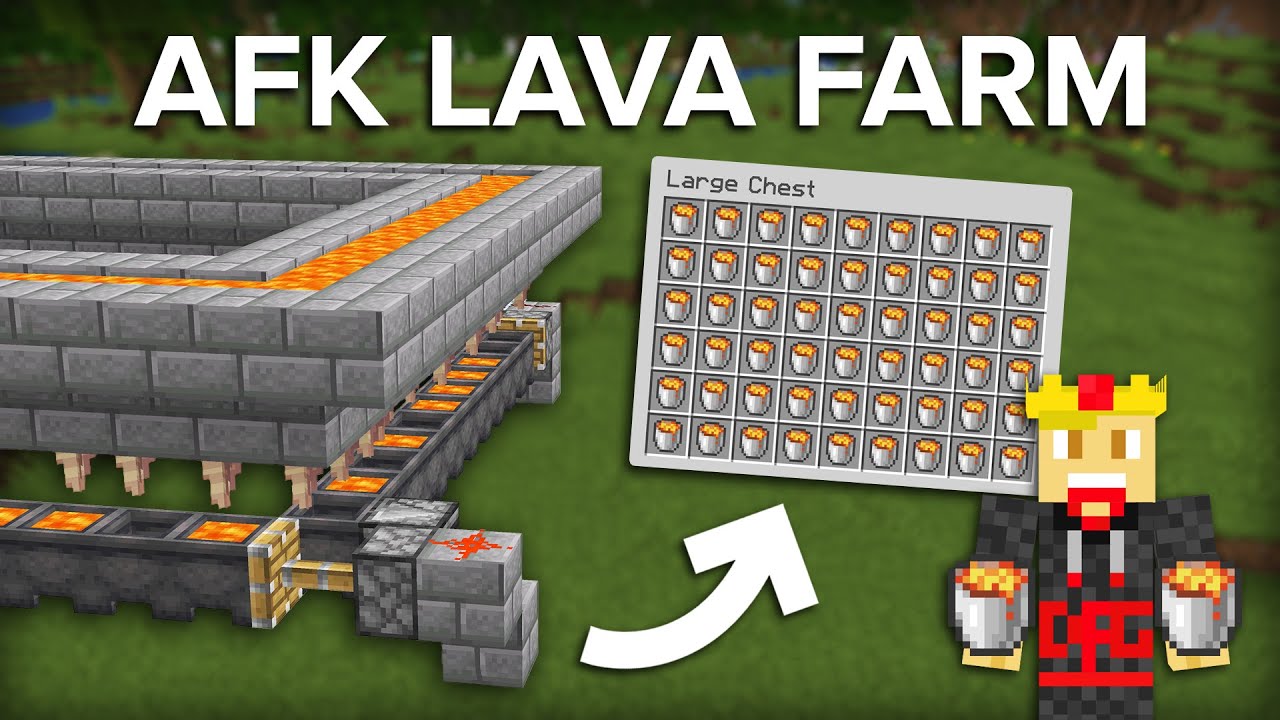
Buckets of lava have long served as a valuable fuel source for late-game players, assuming they have convenient access to the Nether basin and can safely explore for new lava source blocks. However, with the introduction of Dripstone in Minecraft version 1.18, lava is now a renewable resource that can be farmed directly from the comfort of your base.
To achieve this, you need to locate a Dripstone cave and mine stalagmites and stalactites. Position these stalagmites and stalactites beneath a full source block of lava, and place cauldrons three blocks below to allow room for the stalactites to grow. As these formations grow, they will slowly drip and gradually fill up the cauldrons with renewable lava. Remarkably, the source block of lava will never deplete, granting you an infinite and sustainable source of lava for all your crafting and energy needs. This innovative method simplifies the process of acquiring lava, making it a valuable addition to your Minecraft base.
21. Goat Horn Farm

The Cliffs and Caves update introduced goats to Minecraft, bringing a new dynamic to the cliffs. These playful creatures are known for their impressive jumping abilities, capable of leaping up to five blocks in the air and frolicking in the powder snow. While goats don’t provide meat, they drop a valuable item called a Goat Horn when they ram into a solid block. When you blow into a Goat Horn, it produces one of ten unique musical tunes. Moreover, by combining Goat Horns with copper, you can create up to 30 different songs.
Farming goats presents a challenge because they require an enclosed space with a roof to prevent them from jumping out, and they must be induced to ram into a block. A Goat Horn farm addresses these issues by providing a safe location for you to stand while enticing the goats to run toward you and attack, resulting in a steady supply of Goat Horns for your musical endeavors in Minecraft.
22. Slime Farm
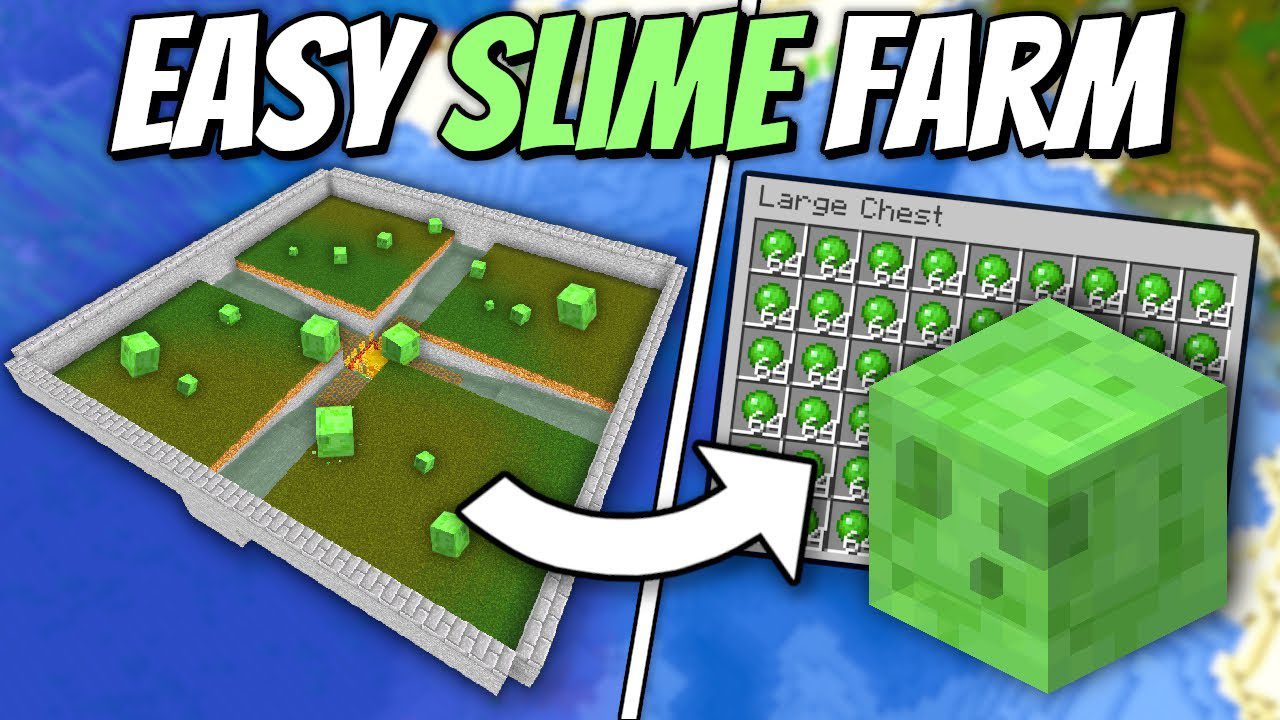
If you intend to use sticky pistons extensively in your Minecraft projects, then building a slime farm is an absolute must. This farm is designed to create a spawning platform for slimes. Once the slimes spawn, they will naturally gravitate toward an Iron Golem you’ve placed, meeting their end in the process. Slime farms can be established either in a Swamp biome where slimes spawn naturally or within a designated slime chunk.
An interesting aspect of slime spawn is that it is not influenced by light levels, unlike most other hostile mobs. This means you can construct a brightly lit platform, ensuring that other hostile mobs won’t spawn on it. With a slime farm in place, you gain unlimited access to slime, allowing you to craft all the redstone contraptions and devices you could ever dream of in your Minecraft world.
23. Creeper Farm

By this point, many veteran Minecraft players have likely built a creeper farm, and it’s arguably one of the most essential farms to have. Creeper farms are vital for obtaining gunpowder, a critical resource used to craft rockets. Rockets, in turn, enable you to take flight with an elytra, greatly enhancing your mobility in the game.
These farms are designed to create spawning platforms while preventing the chance for other hostile mobs to spawn. When creepers spawn on these platforms, a water mechanism pushes them off, causing them to fall into the water below and eventually funnel into a hole where campfires are positioned to eliminate them. Creeper farms can be expanded and optimized to become an excellent source of gunpowder, ensuring you have a steady supply for all your explosive needs in Minecraft.
24. Tree Farm
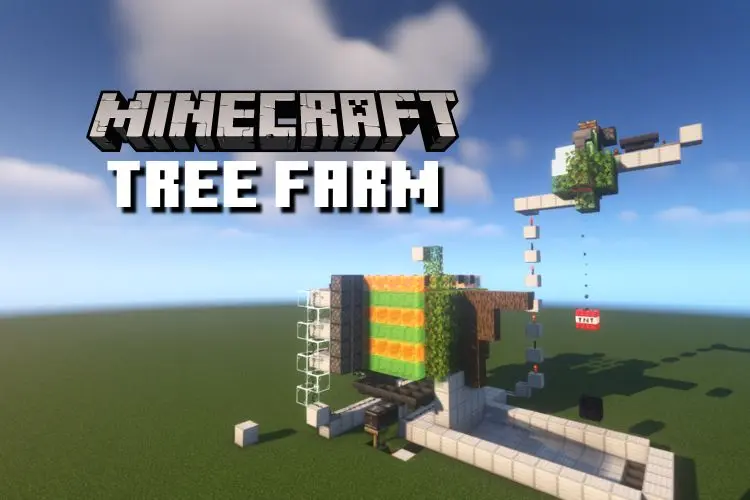
Finally, we have the tree farm, and it’s a valuable addition to your Minecraft base. Wood is an incredibly versatile resource, making a tree farm an essential component of your resource production.
Tree farms typically operate with the assistance of TNT. The TNT continuously detonates the wood, causing it to drop into flowing water that then channels it into hoppers for collection.
The best part is that you won’t have to go through the grind of gathering TNT to use this farm effectively. Most tree farms incorporate a TNT duplicator, a mechanism that essentially multiplies the TNT, making it an infinite resource. This can be achieved within the confines of vanilla Minecraft, enabling you to run your tree farm endlessly and ensuring a consistent supply of wood for your various construction and crafting needs.
















